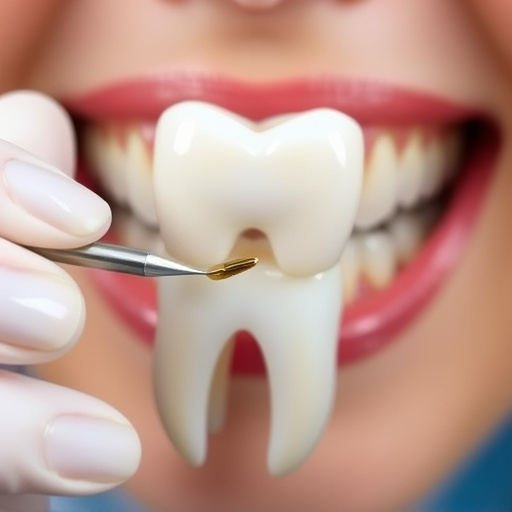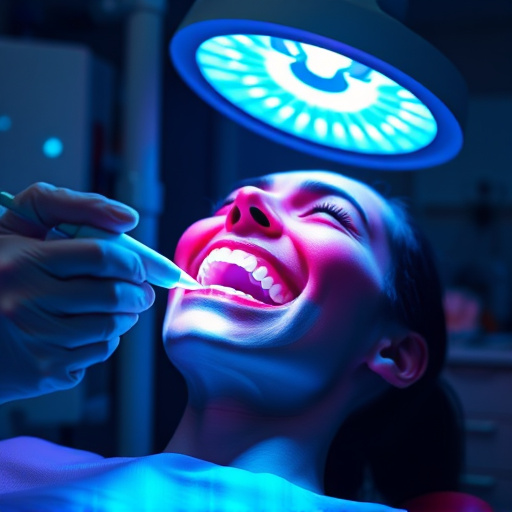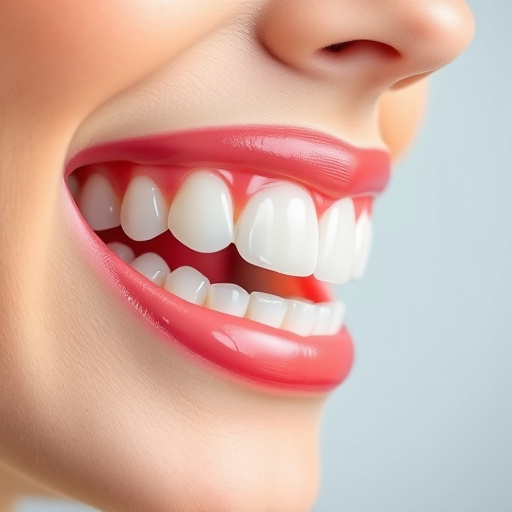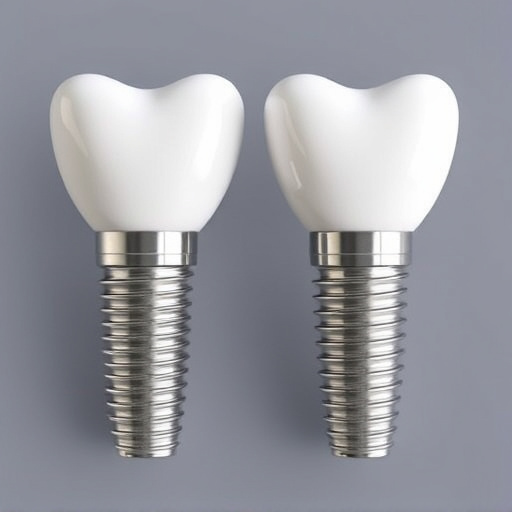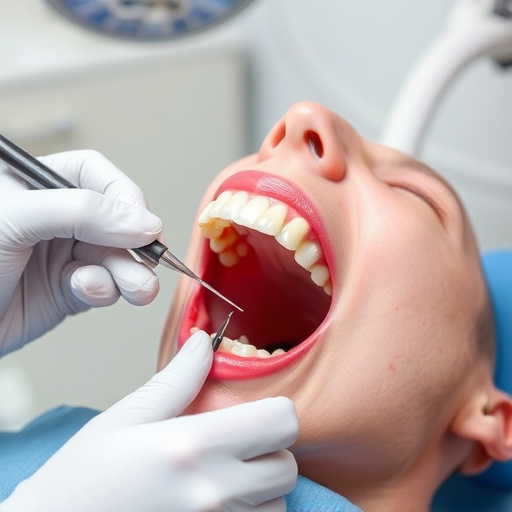Digital imaging technologies like digital X-rays and intraoral cameras have significantly enhanced gum health evaluation in dentistry. They provide high-resolution, detailed images that enable dentists to detect early signs of periodontal disease such as gingival inflammation, bone loss, and pocket depth, which are crucial for accurate assessment. These tools facilitate treatment documentation, monitoring, and data sharing, leading to more effective prevention and treatment strategies. Advanced digital solutions support both general and restorative dental practices by offering precise measurements, predictive analytics, and efficient assessments, ultimately improving patient outcomes and oral health management.
In the realm of dental care, Gum Health Evaluation (GHE) is a pivotal process, and digital imaging has emerged as a game-changer. This innovative approach offers a detailed and precise assessment of periodontal health, surpassing the limitations of traditional methods. Through advanced digital tools, professionals can now capture comprehensive images, enabling them to measure critical gum-related metrics with enhanced accuracy. This article explores how digital imaging transforms GHE, from improved accuracy to personalized treatment, ultimately enhancing patient care and outcomes in periodontology.
- The Role of Digital Imaging in Gum Health Assessment
- – Advantages of digital imaging over traditional methods
- – Types of digital tools used for gum health evaluation
The Role of Digital Imaging in Gum Health Assessment
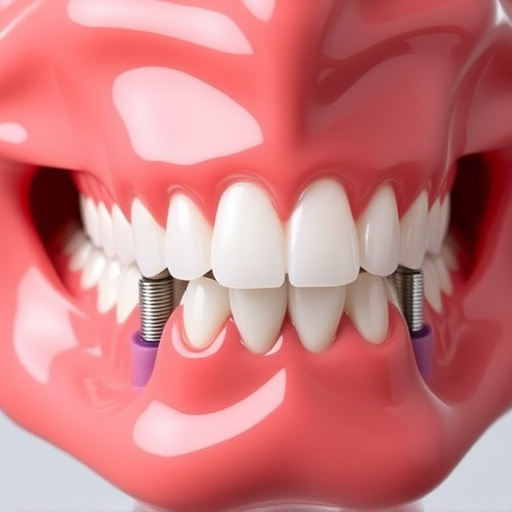
Digital imaging has revolutionized gum health evaluation, offering a clearer and more detailed view of oral structures. Advanced technologies like digital X-rays and intraoral cameras provide dental professionals with precise images, enabling them to detect even subtle changes in gum tissue. This early detection is crucial for preventing periodontal disease and maintaining optimal gum health.
Through high-resolution digital imaging, dentists can accurately assess gingival inflammation, bone loss, and pocket depth—key indicators of gum disease. Moreover, these advanced tools facilitate the documentation and monitoring of treatment progress, ensuring patients receive personalized care. By integrating digital imaging into routine dental practices, including cosmetic fillings, clear aligners, and thorough teeth cleaning, healthcare providers can offer more effective prevention and treatment strategies for periodontal issues.
– Advantages of digital imaging over traditional methods
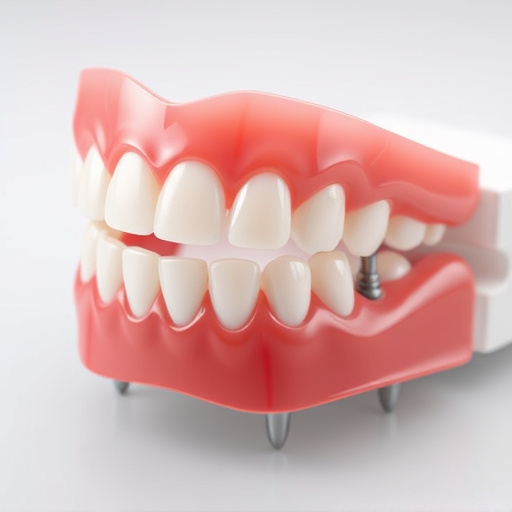
Digital imaging has revolutionized gum health evaluation in numerous ways, offering significant advantages over traditional methods. One of the most notable benefits is enhanced accuracy and detail. Digital x-rays provide clear, high-resolution images that allow dentists to detect even the smallest changes in gum tissue, bone levels, and tooth positions—all crucial factors in assessing periodontal health. This level of precision enables early detection of issues like gingivitis or bone loss, which can be more challenging to identify with conventional film X-rays.
Moreover, digital imaging facilitates efficient data sharing and storage. Dentists can instantly share these images with specialists or other dental professionals located anywhere, enabling faster consultations and more comprehensive care. This is particularly beneficial in cases where specialized treatment, such as family dentistry procedures like dental bonding or even advanced restorations like dental crowns, might be required to restore gum health and maintain oral integrity.
– Types of digital tools used for gum health evaluation
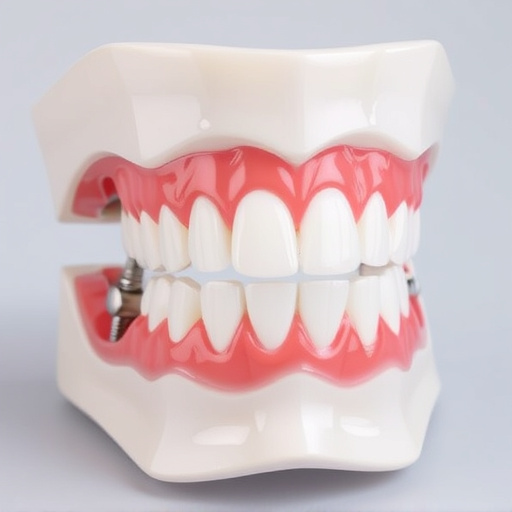
Digital tools have significantly enhanced the accuracy and efficiency of gum health evaluations. Dental professionals now employ a range of advanced technologies to assess periodontal health beyond what traditional visual examinations offer. One such tool is digital x-ray imaging, which provides detailed, high-resolution images of the teeth and gums, allowing for early detection of bone loss, gum pocketing, and other signs of periodontitis.
Furthermore, specialized software applications enable dentists to measure gum tissue health, track changes over time, and even predict potential issues with restorative dentistry procedures like tooth extractions. These digital solutions not only support general dentistry practices but also play a crucial role in restorative dentistry by providing more precise data for treatment planning and monitoring the long-term health of teeth and gums.
Digital imaging has revolutionized gum health evaluation by offering precise, non-invasive, and efficient assessments. The advantages over traditional methods are clear, from improved accuracy to reduced patient discomfort. By utilizing various digital tools, dental professionals can now thoroughly examine periodontal health, detect early signs of gum disease, and make informed treatment decisions. This modern approach ensures optimal oral care, promoting long-term gum health for patients.
